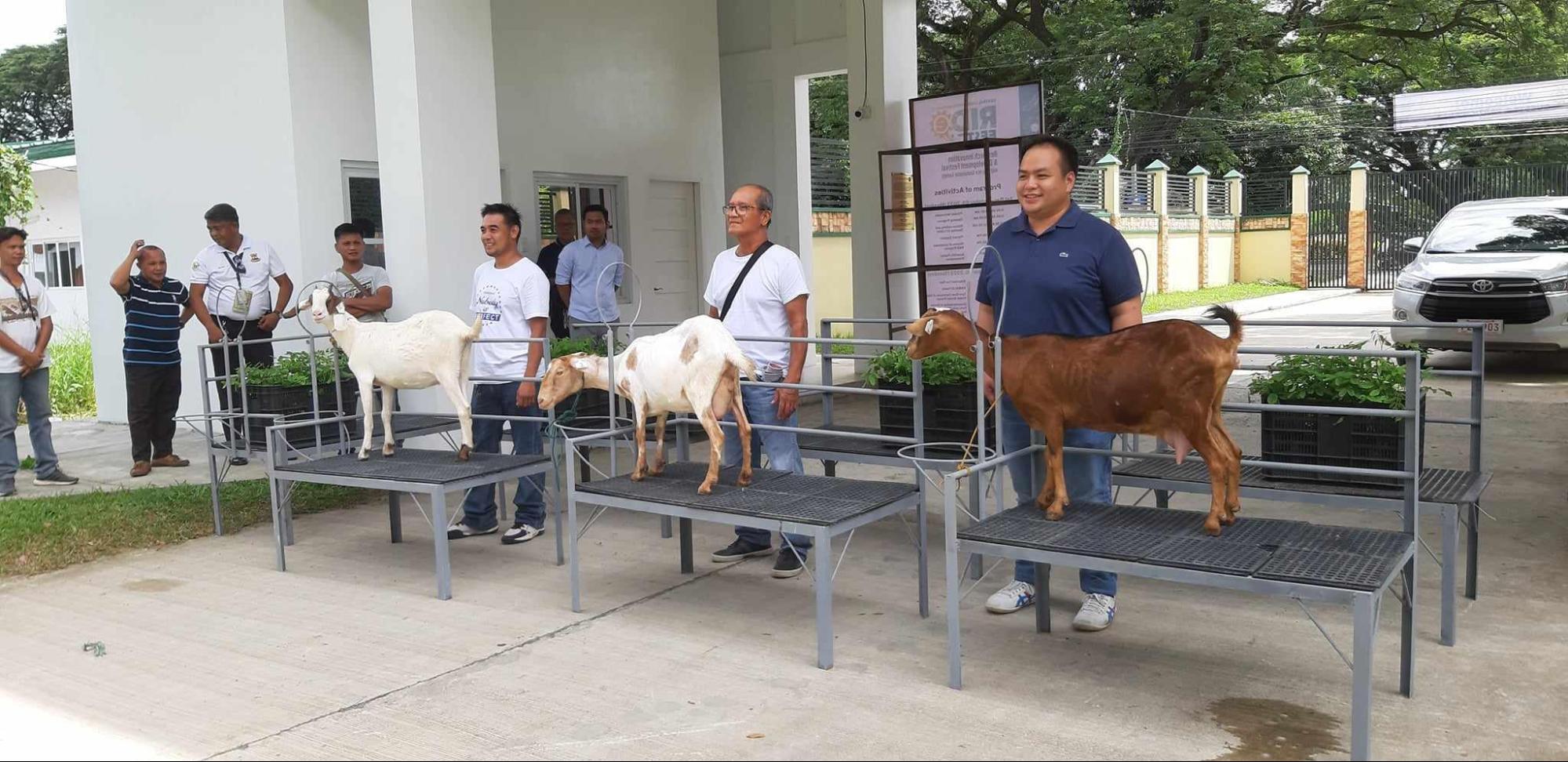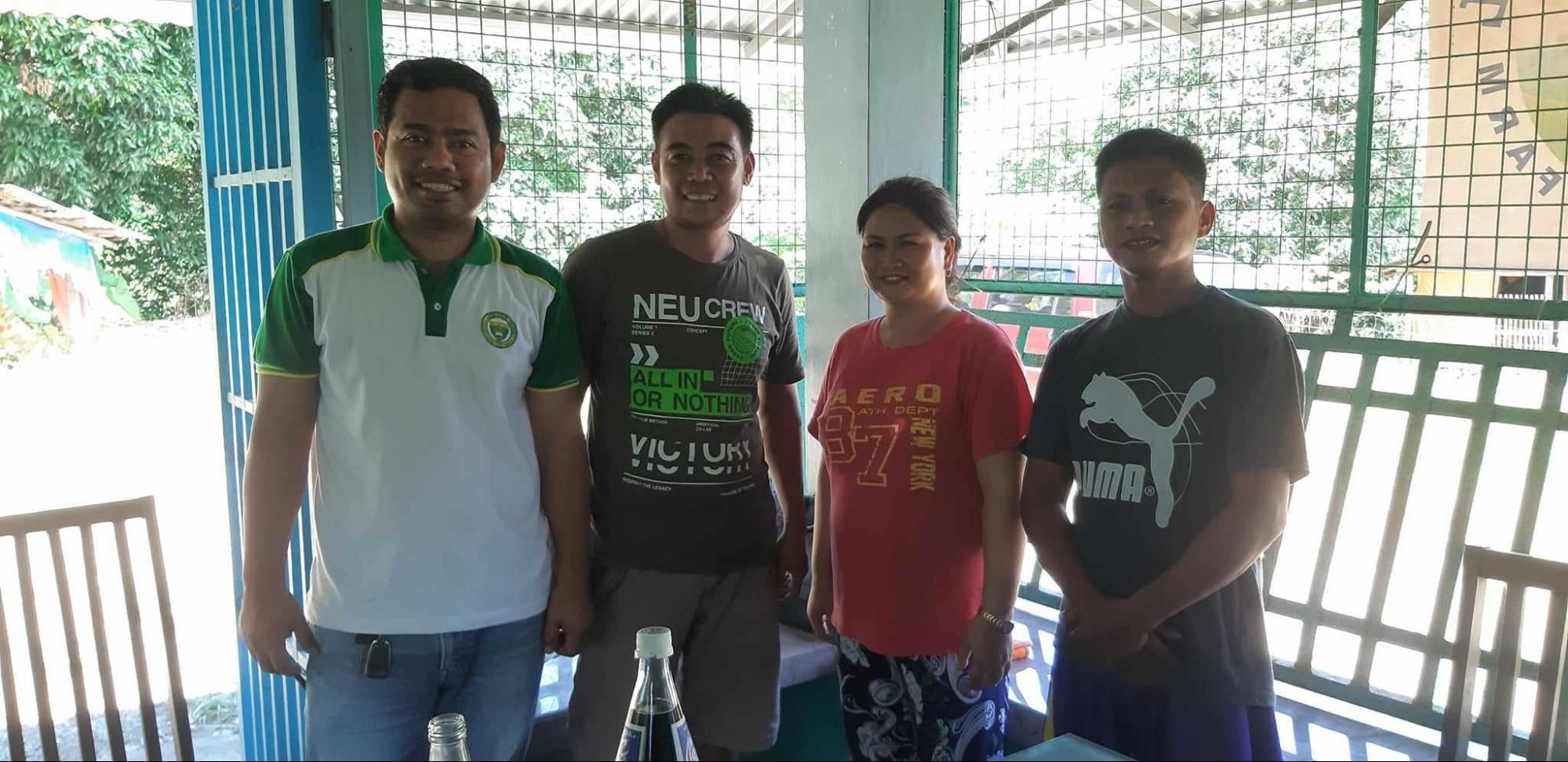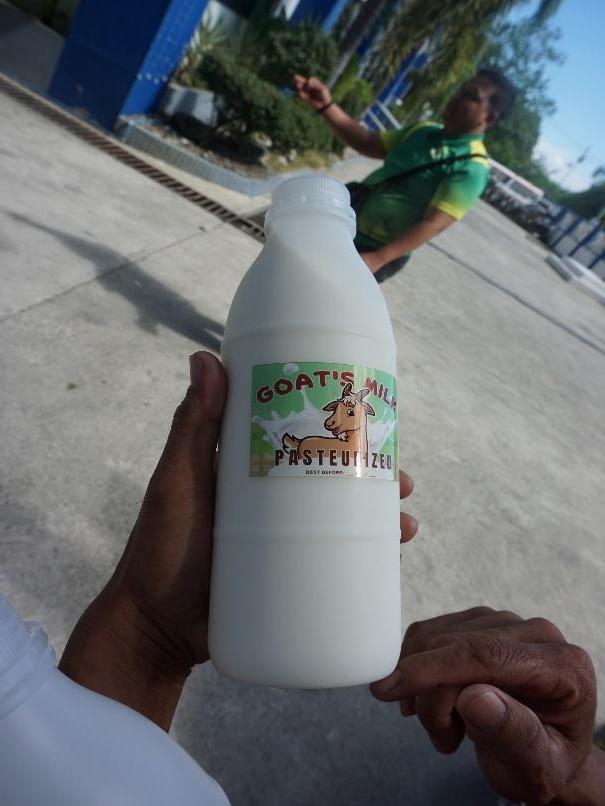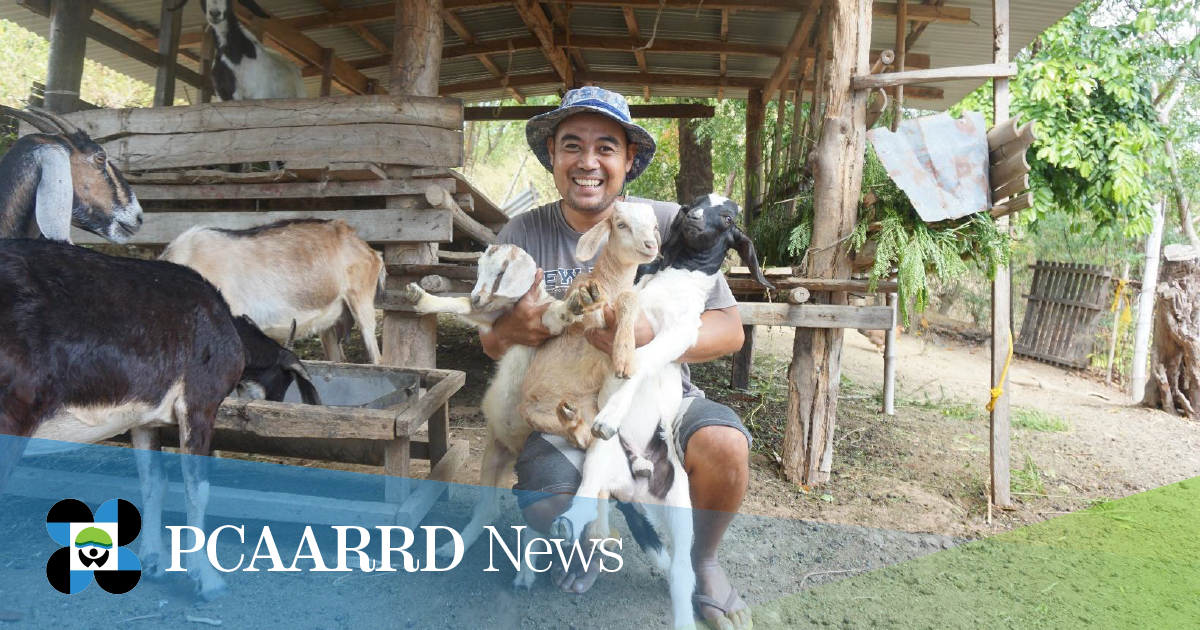
The “Let’s Doe Business” project had capacitated smallholder dairy goat farmers to bounce back from the negative effects of the COVID-19 pandemic in their businesses.
Central Luzon is one of the largest goat-producing regions and has the highest number of commercial dairy goat farms in the country. Many of the smallholder dairy goat farmers affected by the pandemic have, at most, 5 milking does that give 0.5 to 0.75 liters of milk/doe per day for about 90 days. Before the COVID-19 pandemic, they sold their fresh goat’s milk randomly to customers sometimes without proper pasteurization. With the pandemic, they found it more difficult to improve their system, as income decreased.
The project, which officially started in August 2022, is being funded by the Philippine Council for Agriculture, Aquatic and Natural Resources Research and Development of the Department of Science and Technology (DOST-PCAARRD) under its Good Agri-Aqua Livelihood Initiatives towards National Goals (GALING) PCAARRD Program. It is led by the Central Luzon State University (CLSU) and highlights the technologies on dairy goat management, milk processing, and marketing.
Goat farmers were assisted in diversifying their product lines and establishing smallholder processing facilities to improve the quality of their milk products. They were also introduced to alternative marketing schemes to widen their market reach, ultimately helping them become self-reliant agripreneurs. To sustain their dairy enterprise over a longer period, they were introduced to community goat upgrading. It is a program that gives them access to breeding bucks with better genetics that could improve the yield and quality of milk to be produced
In the said project, there were five identified Model Dairy Goat Farmers (MDGF). Each MDGF is responsible for looking for buyers, forging ties with them, and producing the type of product (e.g., plain pasteurized milk, flavored milk, ice cream) and the volume they require at agreed periods. In cases where the market is outside their area of production (e.g., in another province or in Metro Manila), the MDGF links with the needed logistic facility or courier service for the product to reach the destination market.
To support each MDGF, two Affiliate Dairy Goat Farmers (ADGF) were tapped to supply the MDGFs with the agreed volume of raw or pasteurized milk per day to augment the produce of the MDGF and meet the market demands. The MDGFs enforce the testing of milk supplied to them by the ADGFs to safeguard the quality of milk delivered to customers. These farmers were trained by the CLSU project to conduct such tests, on raising and milking dairy goats, as well as processing the milk into value-added products. They were also trained on entrepreneurship and were introduced to the various ways of marketing their produce.

Dir. Neal del Rosario, Project Leader from CLSU with Mr. Deloberjes and his two ADGFs, Ms. Ditha D. Lazaga and Mr. Bernie Dometita. (Image credit: Central Luzon State University)
Lolito Deloberjes
Mr. Lolito Deloberjes is one of the five MDGFs trained by the Project Team on dairy goat production and milk processing in February 2023. He received five female goats from the project on May 5, 2023 and has been milking the dams since then. In the first few weeks of his dairy venture, he got about 500 ml of milk/head (hd) per day but as the peak lactation ensued in the second month, this increased to an average of 1.5 liters (L)/hd per day. In the next four months, he was harvesting an average of 7 L of milk per day from his 5 dams.
To prime his market, he offered free tasting of his goat’s milk for three weeks to neighbors, barangay officials, and other potential customers around the community in Brgy. Manicla, San Jose City, Nueva Ecija. The milk received positive reviews from testers and soon became known in the community. Not long after, he received orders from the City Veterinary Office and the Engineering Department of the LGU in San Jose as well as from local councilors. Some Zumba participants as well as nurses in the community heard about his goats’ milk and began placing orders too.
In the 4 months that he had been marketing his goats’ milk, he had generated an estimated monthly net income of P12,000, which according to him was higher than his wife’s take-home pay from working in the LGU as a casual employee. After the initial milking cycle, he stopped milking his five does, as he started re-breeding them. Meanwhile, to sustain his market and keep the linkage active, he purchased goats’ milk from CLSU to supply to his clients.

Mr. Deloberjes is bent on making his enterprise work. He wakes up at 3 AM to start milking his does. By 6 AM, he has already pasteurized and bottled the milk and is ready to deliver them to customers while he ferries his child to school.
According to him, he needs at least five does in the milk line everyday. Hence, he has to increase his stocks to at least 15 milking dams to supply the year-round demand just of his community.
Way Forward
Four of the five target MDGF-ADGF clusters have been organized and trained. They now market their milk products within and outside their respective communities. These clusters have stirred the interest of clients around Nueva Ecija and neighboring towns for goat’s milk, such that current demand has increased way beyond the production capacity of the five farmer clusters. Because of this, the farmers from the five clusters agreed that to meet the demands, the number of dairy goat holdings of each cluster must be increased to at least 15 does to enable a continuous supply of milk per day. It was also noted that the first MDGF has already earned a monthly net income of P12,000 from the sale of pasteurized goat milk, which broke the Poverty Threshold Level. An increase in the number of does per dairy goat farm would therefore enable them to earn a respectable and steady monthly income that may support them to rise from low to middle income social class.

